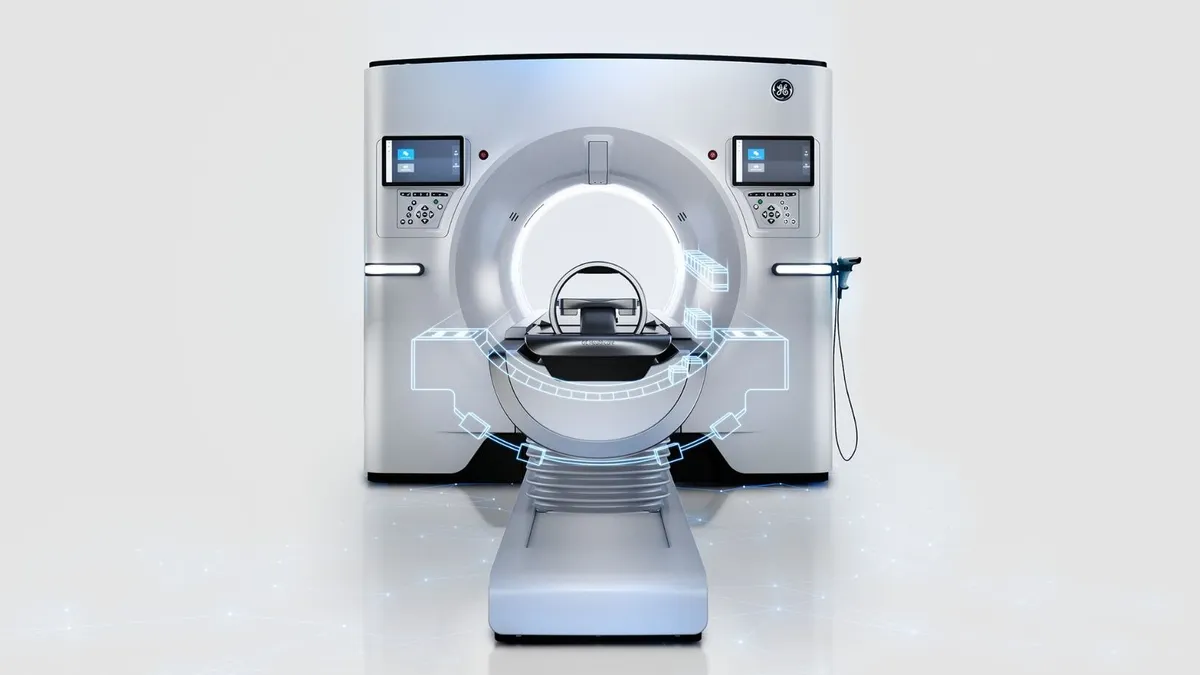Dive Brief:
- GE HealthCare’s order growth over the past year suggests it may be challenging for the company to increase sales. according to analysts at BTIG.
- The analysts identified orders as “a meaningful precursor for revenue growth” because the installation times of the big ticket items sold by GE HealthCare create a lag between winning business and reporting sales.
- BTIG found “lower order growth than what is assumed for [long-term] revenue guidance over the past 4 quarters” and they analysts “worry that this may make rev. growth more challenging” for GE HealthCare.
Dive Insight:
GE HealthCare, the sixth-largest medtech firm by revenue, split in January from its parent company and investors and analysts are still working to understand how it is likely to perform as an independent business in the coming quarters and years.
Last month, the team at BTIG warned the company faces “competition from all angles” and, as the leading player in mature end markets, may struggle to find high-growth opportunities.
In its latest note to investors, BTIG analysts are seeking to predict the future growth prospects of GE HealthCare by checking how its order book has changed in the past year. The analysis showed orders declined at a compound annual growth rate of -1.7% from 2019 to 2022.
After looking at orders alone, the analysts then compared the data to remaining performance obligations (RPO). GE HealthCare defines its RPO as “estimated revenue expected from customer contracts that are partially or fully unperformed,” leading the analysts to write that the metric “equals backlog essentially.” BTIG assessed how the percentages of orders to RPO has changed over time.
Orders as a percentage of product RPO fell from 132.5% in the second quarter of 2021 to 99.3% in the most recent results. The trend could be read as evidence that GE HealthCare’s installations are becoming “more efficient and revenue is being recognized earlier in its installation cycle,” the analysts wrote, while adding it can also be interpreted as a sign that the company will struggle to maintain growth in the future.
“Bulls and Bears could argue either way but it creates an additional lens for investors to consider and, in the context of lower orders growth, suggests that [GE HealthCare] is not necessarily working down its backlog to drive rev. growth higher but rather orders are simply not coming through fast enough to keep up,” the analysts wrote.
A spokesperson for GE HealthCare didn’t respond to a request for comment on the BTIG analysis by the time of publication.
Shares of GE HealthCare rose about 30% in the three months after its debut as a stand-alone company in January. They have fallen more than 10 percent since the company announced its first-quarter earnings last month. On Friday, GE HealthCare’s stock was little changed at $74.50 in mid-morning trading.










